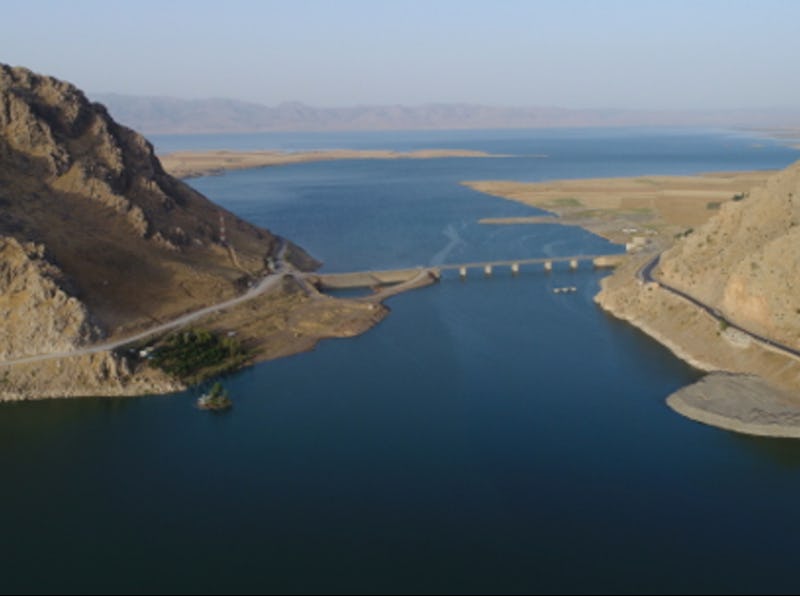Inside the Newly Unearthed Lost City of Alexander the Great
The site was once ruled by Alexander the Great.

In about 331 B.C., empire builder Alexander the Great overtook a site called Qalatga Darband on his way to battle the last king of the Achaemenid Empire of Persia, Darius III. Despite once being a thriving trade site and fortified settlement, Qalatga Darband has been missing from the historical record for the past 2,000 years. However, with the combined means of drone technology and disclosed spy documents, archeologists have recently announced that they are confident they have found the ancient city.
Archeologists affiliated with the British Museum announced to The Times on Monday that they are confident that they have found Qalatga Darband in the Kurdish region of Iraq. Now that this discovery has been made, the archeologist plan on continuing to excavate and explore the region until 2020.
“It’s early days, but we think it would have been a bustling city on a road from Iraq to Iran,” lead archeologist John MacGinnis told The Times. “You can imagine people supplying wine to soldiers passing through.”
A member of MacGinnis' team observing a statue of a male on site.
MacGinnis and his team suspected the lost city would be in the Sulaimaniya province of Iraqi Kurdistan after analyzing declassified imagery taken as part of the Corona spy satellite program. This program was the United States’ first photo reconnaissance satellite program, which operated from 1960 to 1972, before becoming declassified in 1995. Because of the regime of Sadam Hussein and the U.S.-led invasion of 2003, it wasn’t safe for the archeologist to excavate this area until autumn of 2016.
The fieldwork at the Qalatga Darband began with a topographic mapping of the site and a survey of surface pottery, which revealed that the area was primarily occupied between the Parthian period. They also found buildings built in the Greco-Roman architectural style and what appears to be a temple that was used to worship “classical deities”.
Remnants of a fort one kilometer from the Qalatga Darband site.
But it was drone technology that enabled them to come across the biggest find: An aerial survey of the northern part of the site revealed that there are underground walls beneath fields of wheat and barley that have been struggling to grow. This confirmed to the archeologists that there is a large fortified building at the northern part of the site.
While there is still much excavating to be done at Qalatga Darband, it’s more pressing than ever that this work is being done now. This project, officially titled the Darband-i Rania Archeological Project, is one of two field projects affiliated with the Iraq Emergency Heritage Management Training Scheme. This scheme was developed in response to the destruction of numerous archeological sites by SIS and designed to, as stated by the British Museum, “in the face of frustration and outrage, could offer something positive and constructive.”
If you liked this article, check out this video of a 99 million-year-old dinosaur fossil.